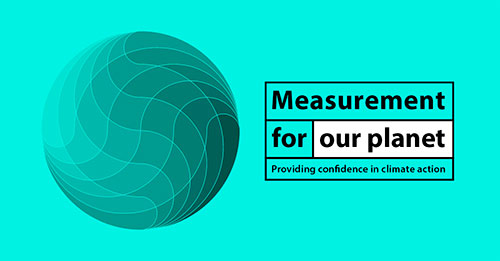About two thirds of the Earth’s surface is water, and about half of all solar radiation that reaches the surface is absorbed by the oceans. Climate models, and our general understanding of the global climate system, therefore requires an understanding of the Earth’s Oceans and their properties. Phytoplankton in the water absorb solar energy, and then will use a small portion for photosynthesis, storing the rest as heat. As such, two key aspects of climate change – the carbon cycle and heat budget - are closely linked to Phytoplankton activity, which in turn is studied through ocean colour radiometry.
Phytoplankton also forms the basis of the food chain within the ocean, providing the oceans with nutrients, as well as playing a key role in carbon sinking. Ocean acidification, as a result of CO2 dissolving in seawater, has been shown to slow the growth and productivity of Phytoplankton, meaning that careful monitoring of their populations will become increasingly necessary in years to come.
The main interest of scientists is the light that has entered sea water and how it has been scattered (reflected) back. This so-called
water-leaving radiance contains information about the oceans such as concentrations of chlorophyl-a, a photosynthetic pigment found in phytoplankton cells, in the upper layers of the ocean. Satellites use on board sensors to collect data from the surface; however, this contains distortions from the atmosphere and other such contaminating effects, like electronic noise. The raw image must be carefully corrected for these effects using complicated models and validated using measurements taken at the surface.
Measuring the colour of the ocean is one of the most challenging satellite measurements to perform, this is because the oceans absorb significantly more light than the continents and land mass. When sunlight passes through sea water, it interacts with the various suspended particles it contains, remerging with useful information about them. However, since only a small fraction of the sun’s light is reflected below the sea surface, measurements must be sensitive enough to detect small changes in whatever little light comes from the water.
These challenges can be overcome with thorough calibration and characterisation of the instruments involved and calculating uncertainties. By knowing instruments accurately and calculating uncertainties for all parts of the process, we can be more certain that these complicated data collection and processing techniques are providing an actual description of the oceans as they are.

Learn more about NPL’s work in support of climate change action and our Measurement for our planet programme
Our research and measurement solutions support innovation and product development. We work with companies to deliver business advantage and commercial success.
Contact our Customer Services team on +44 20 8943 7070